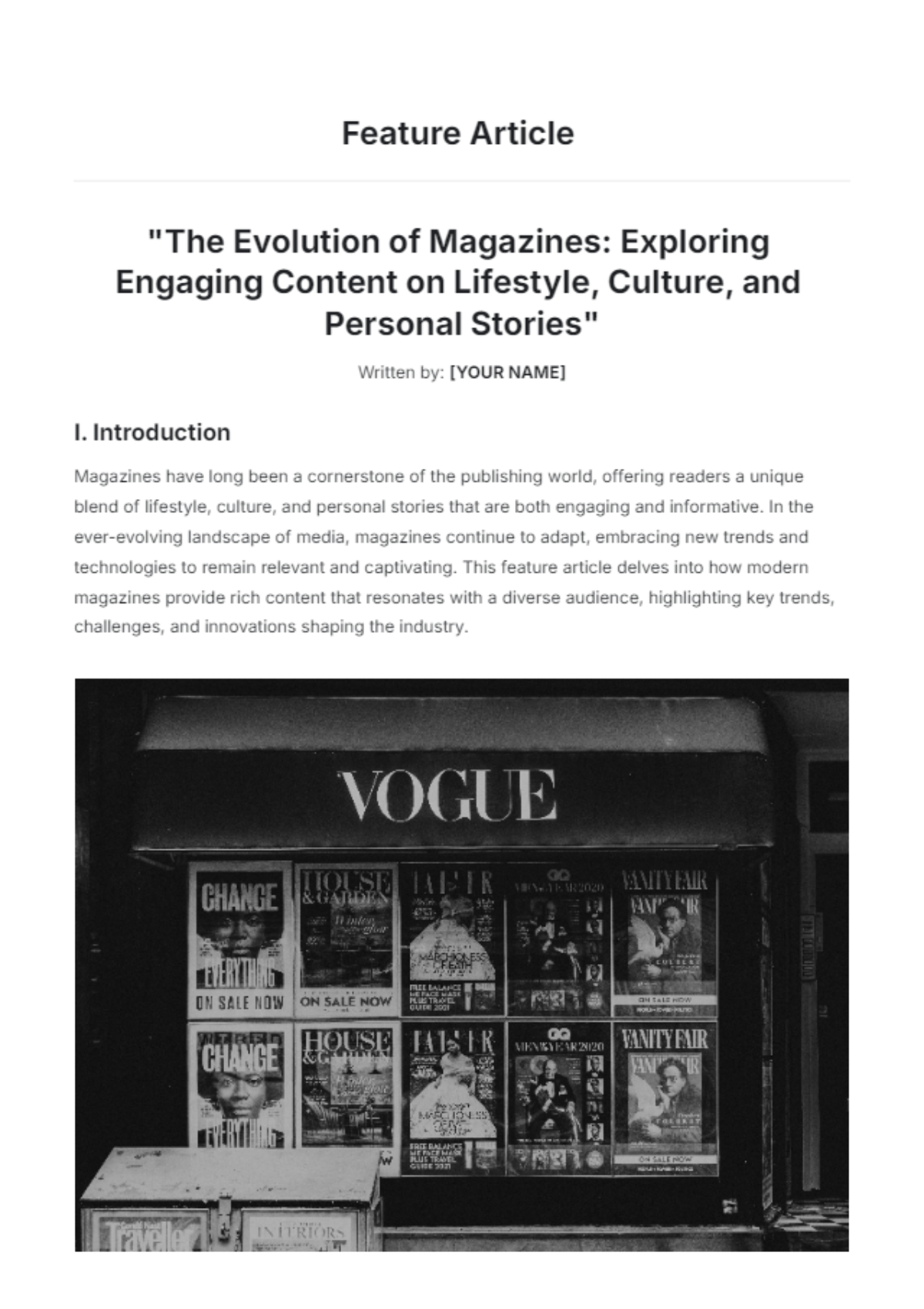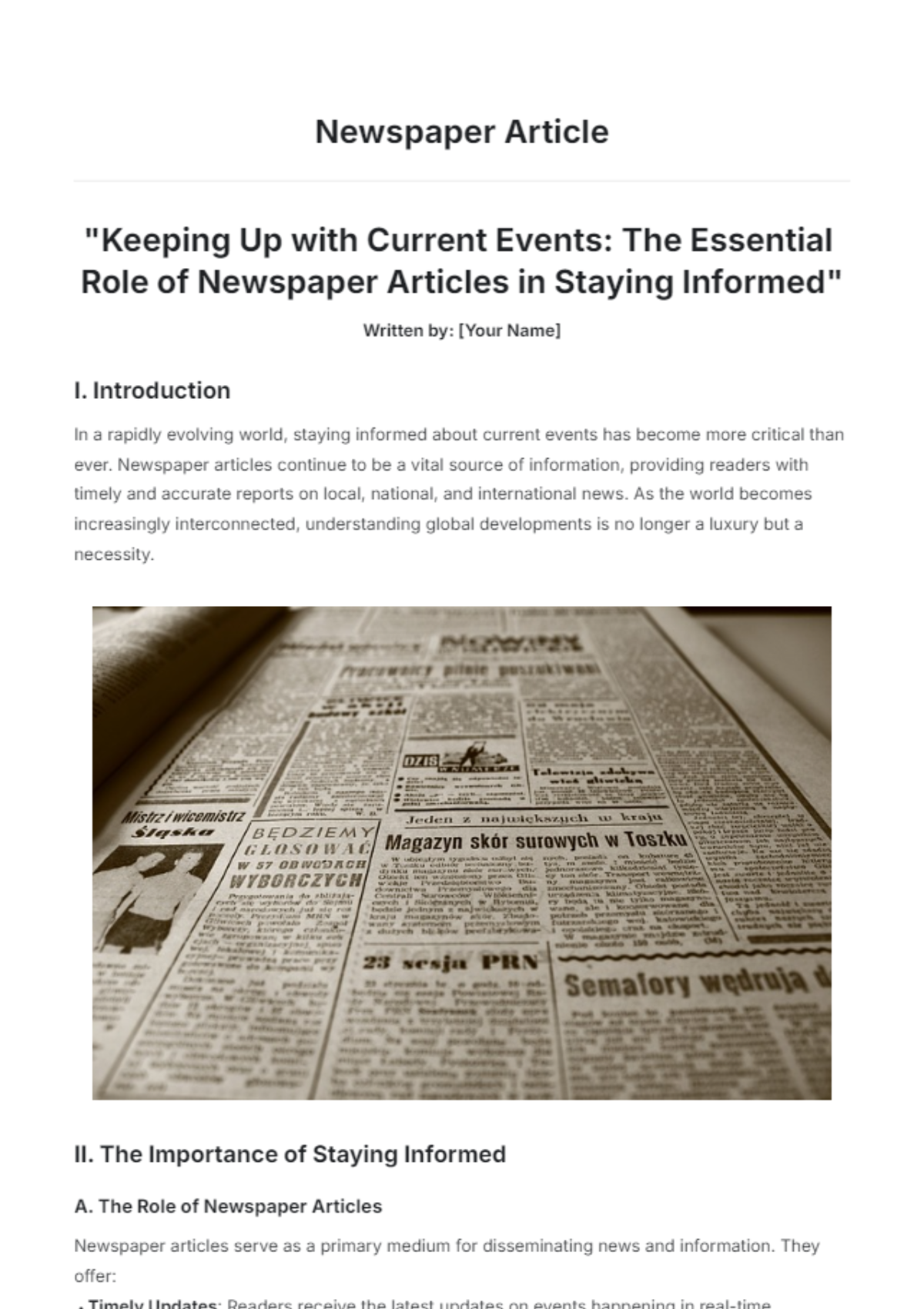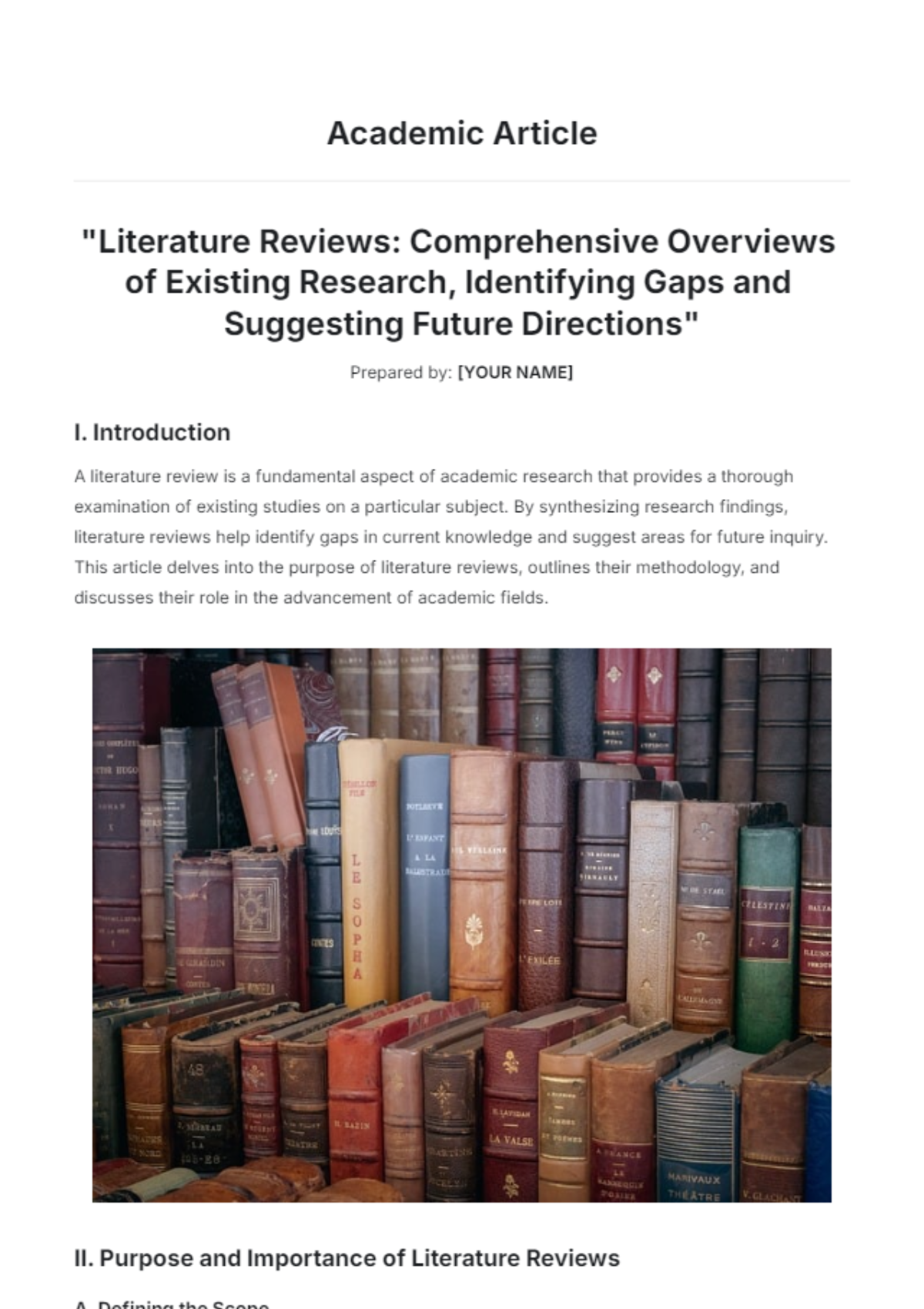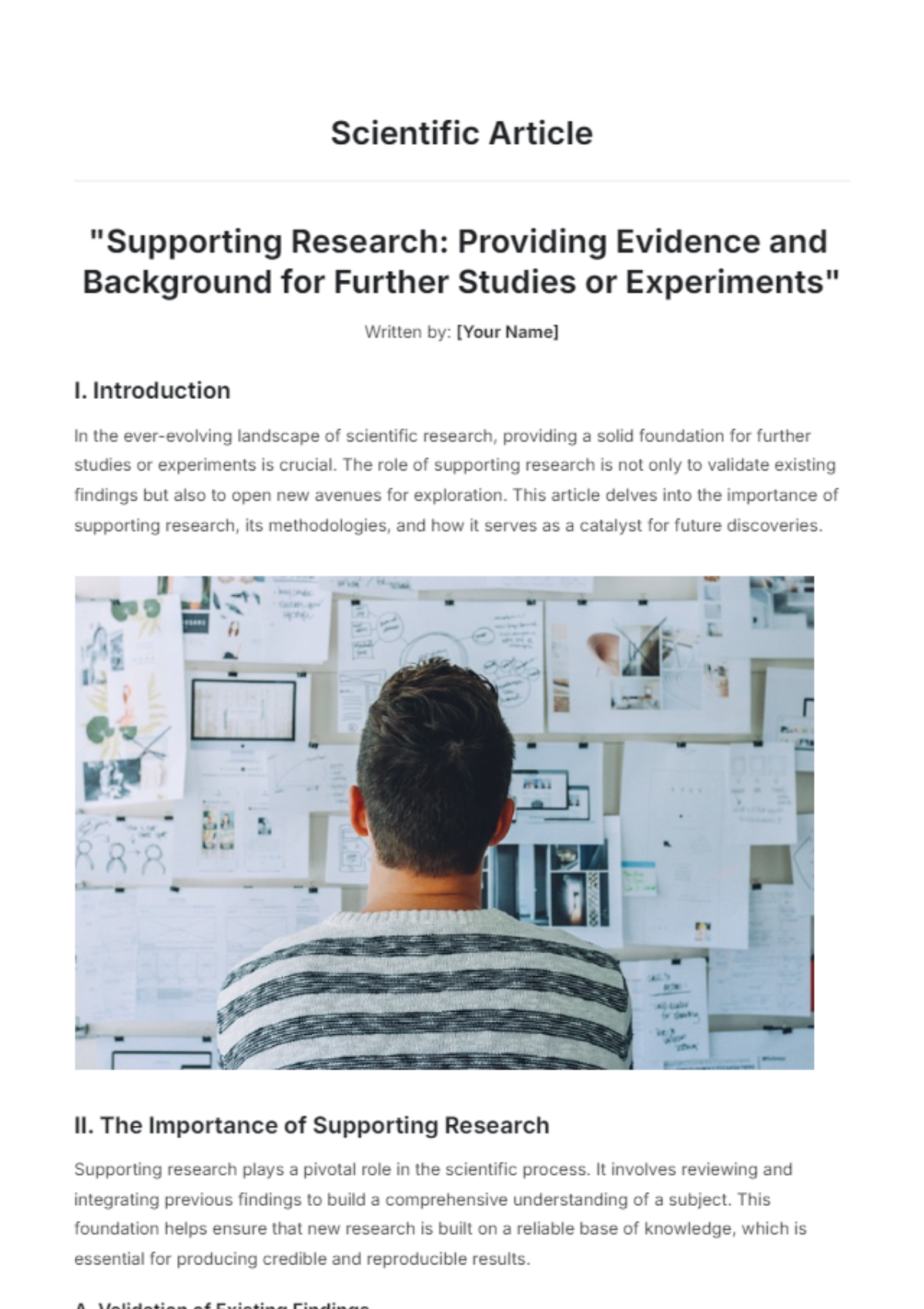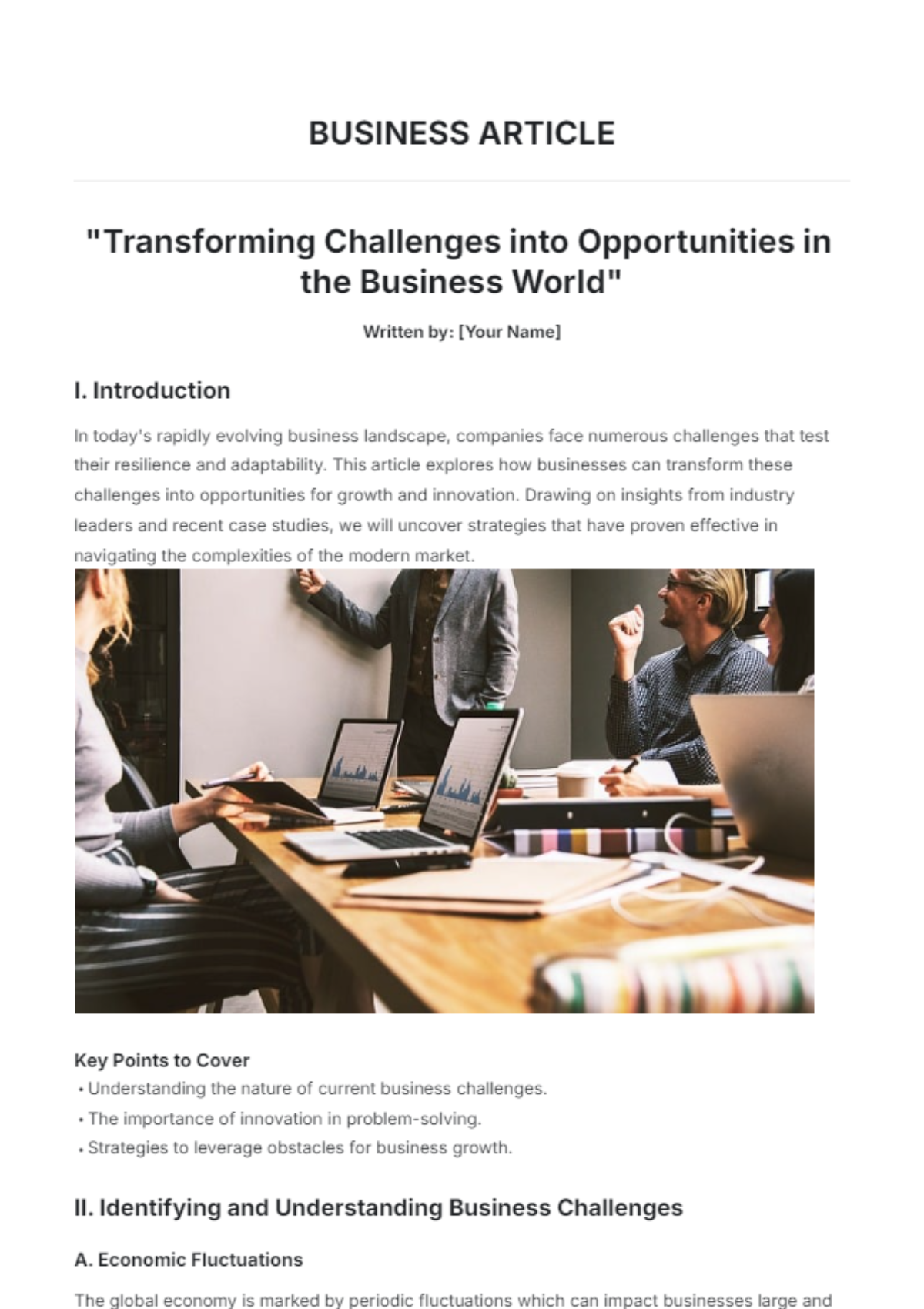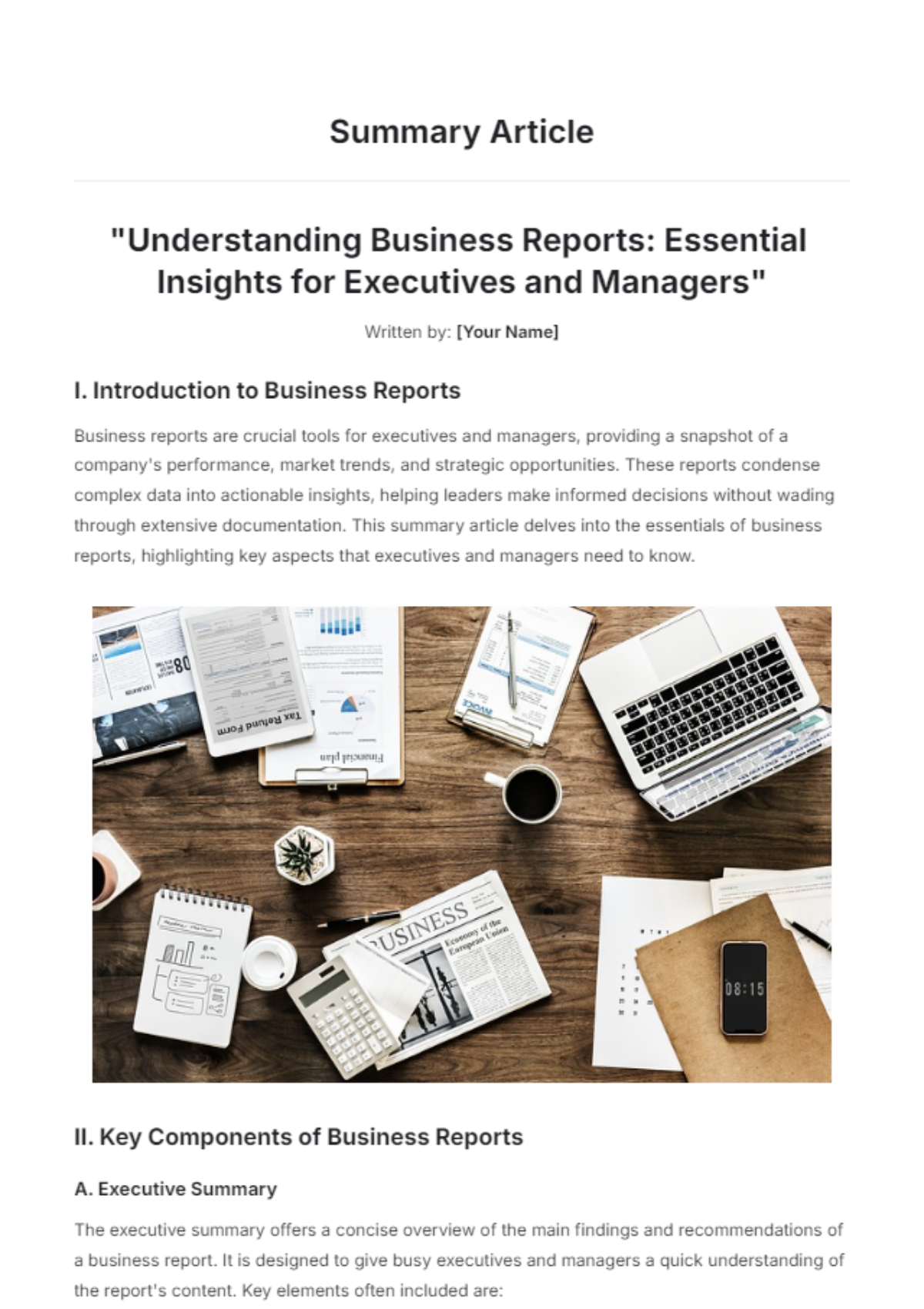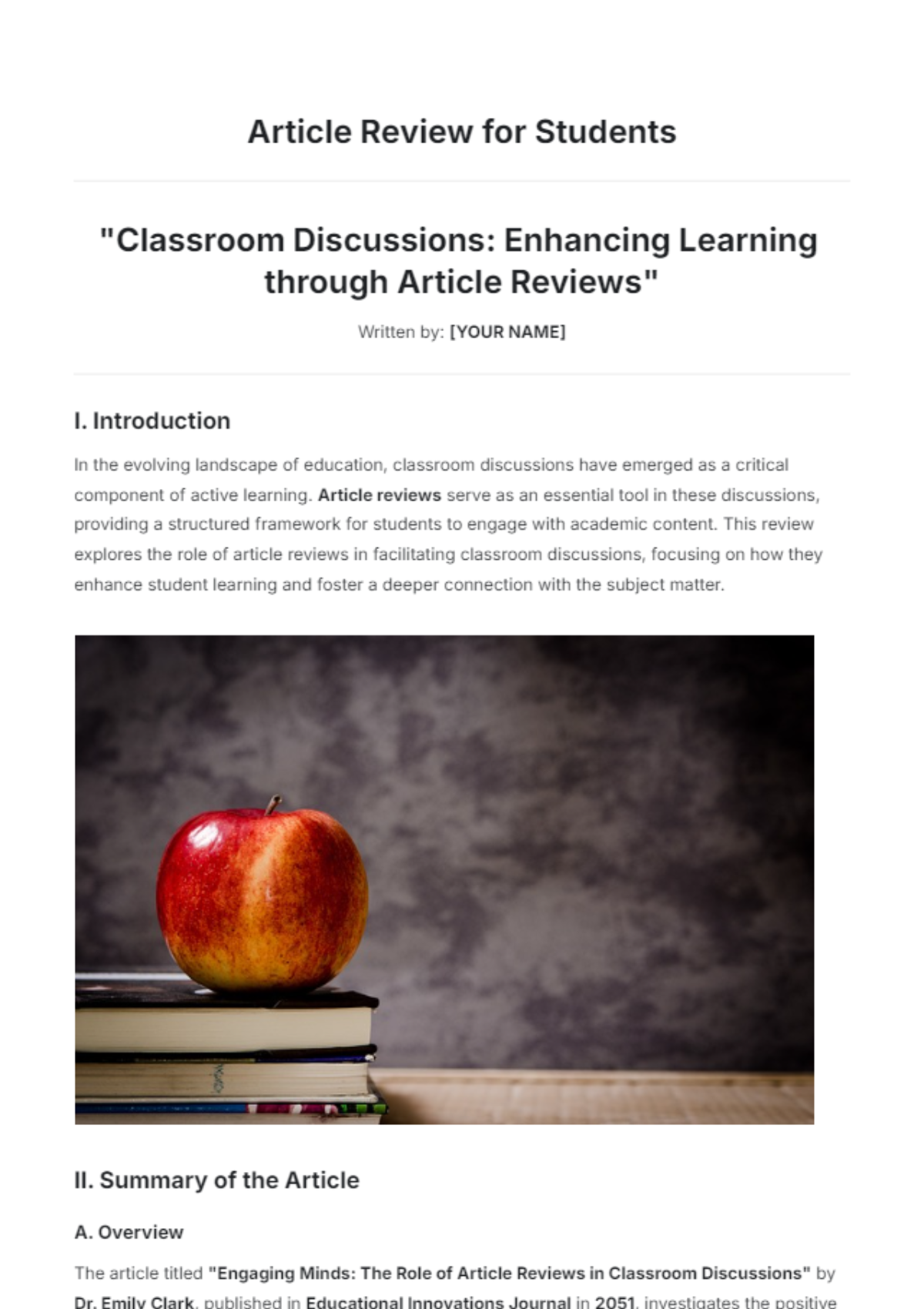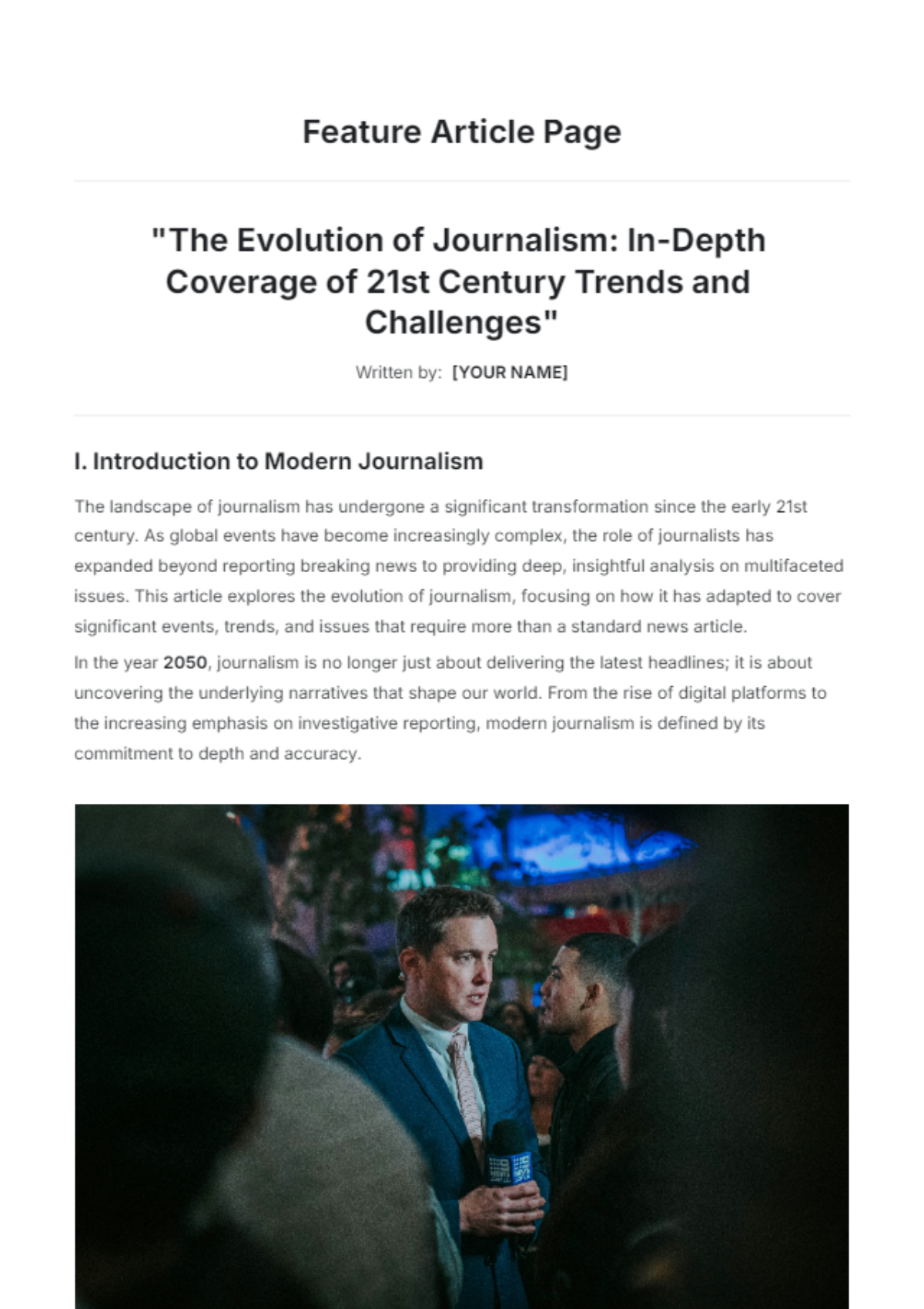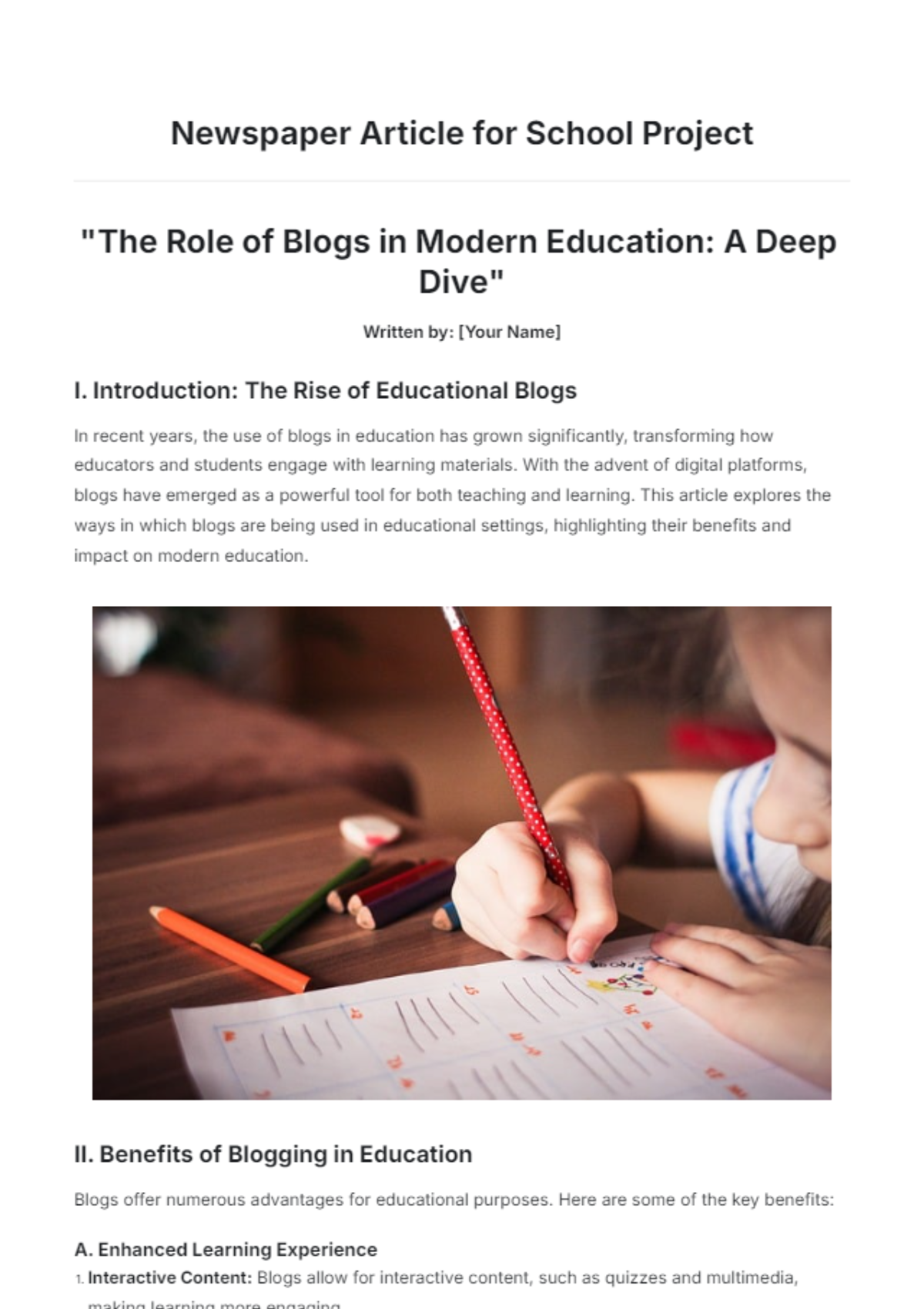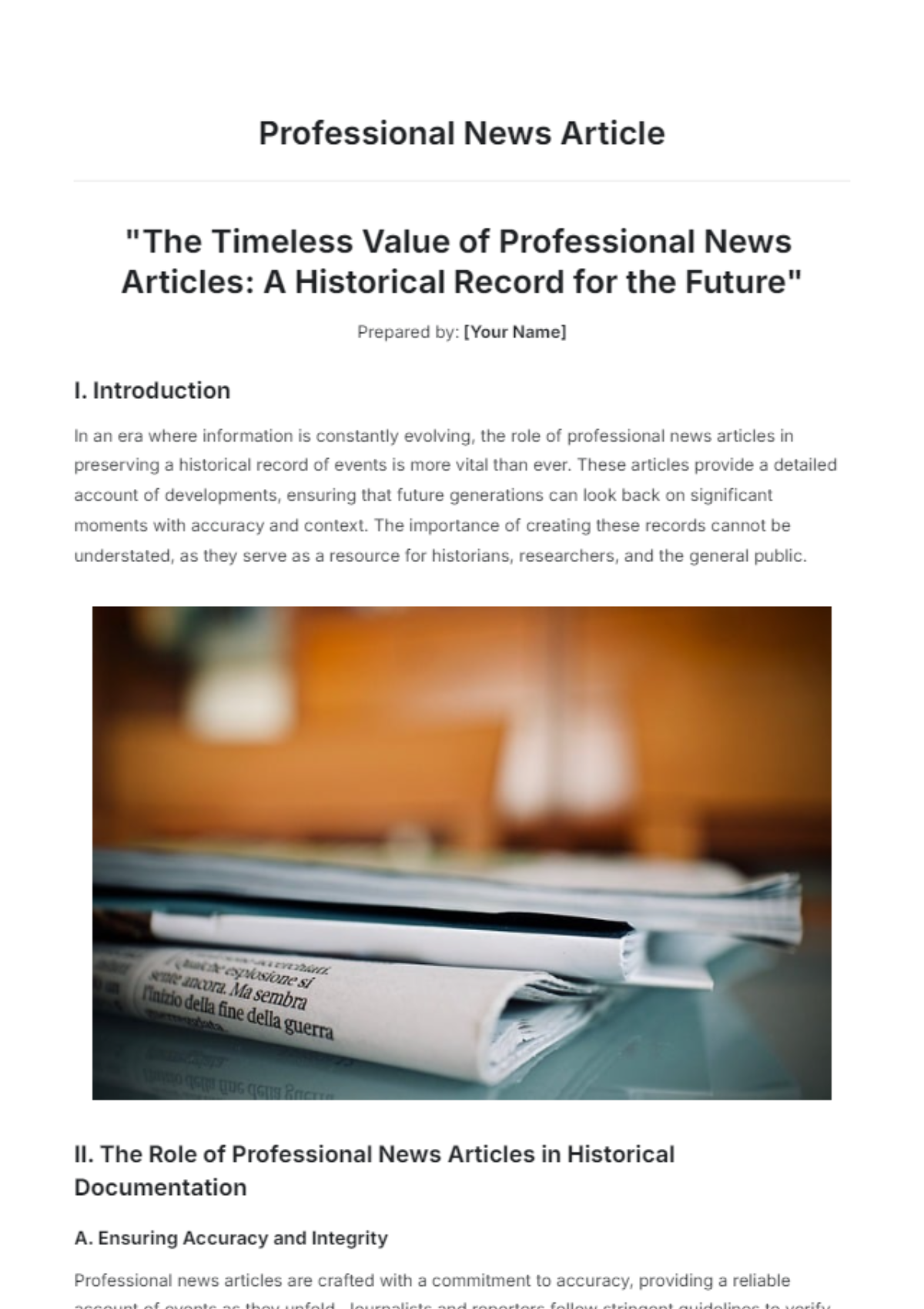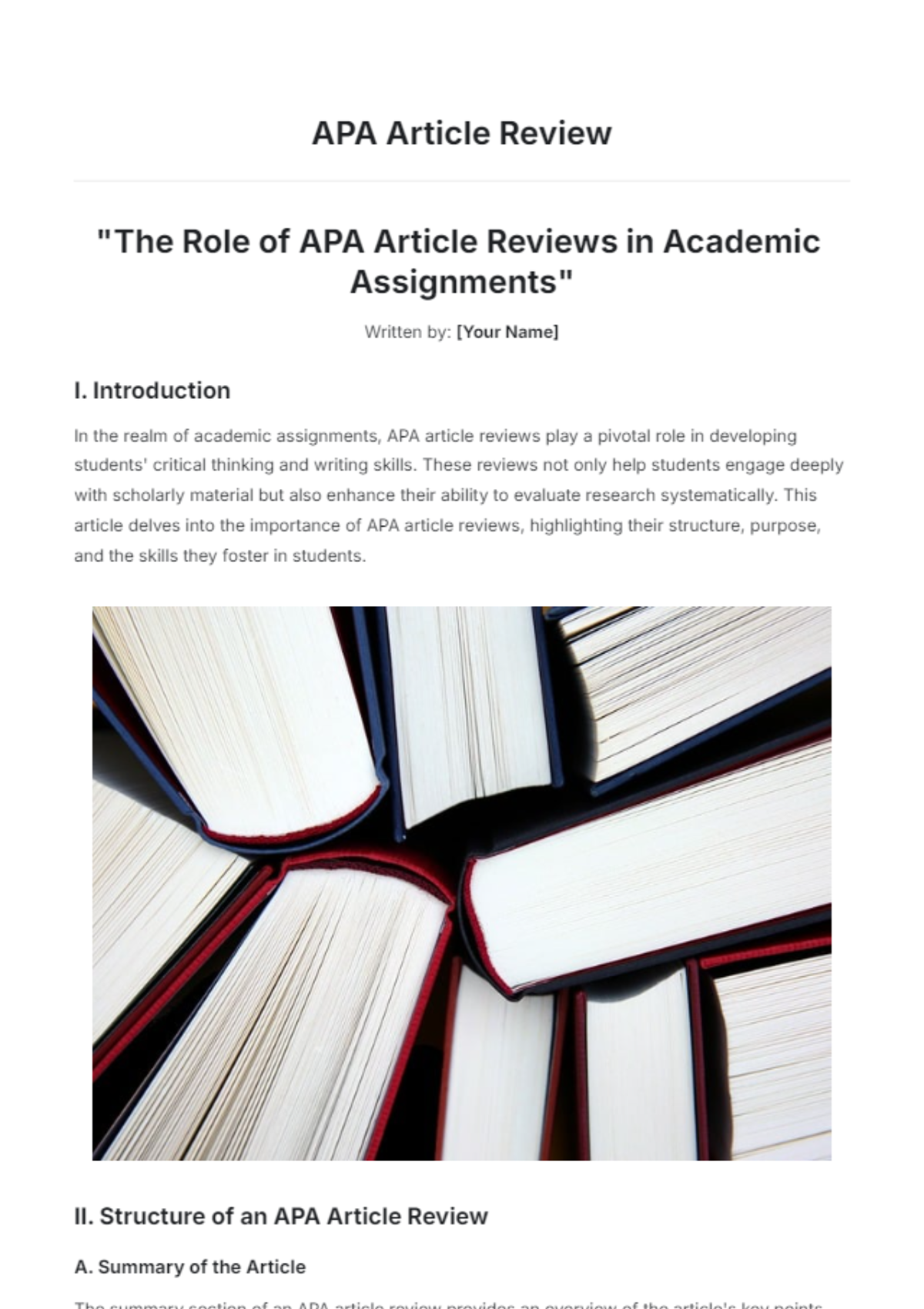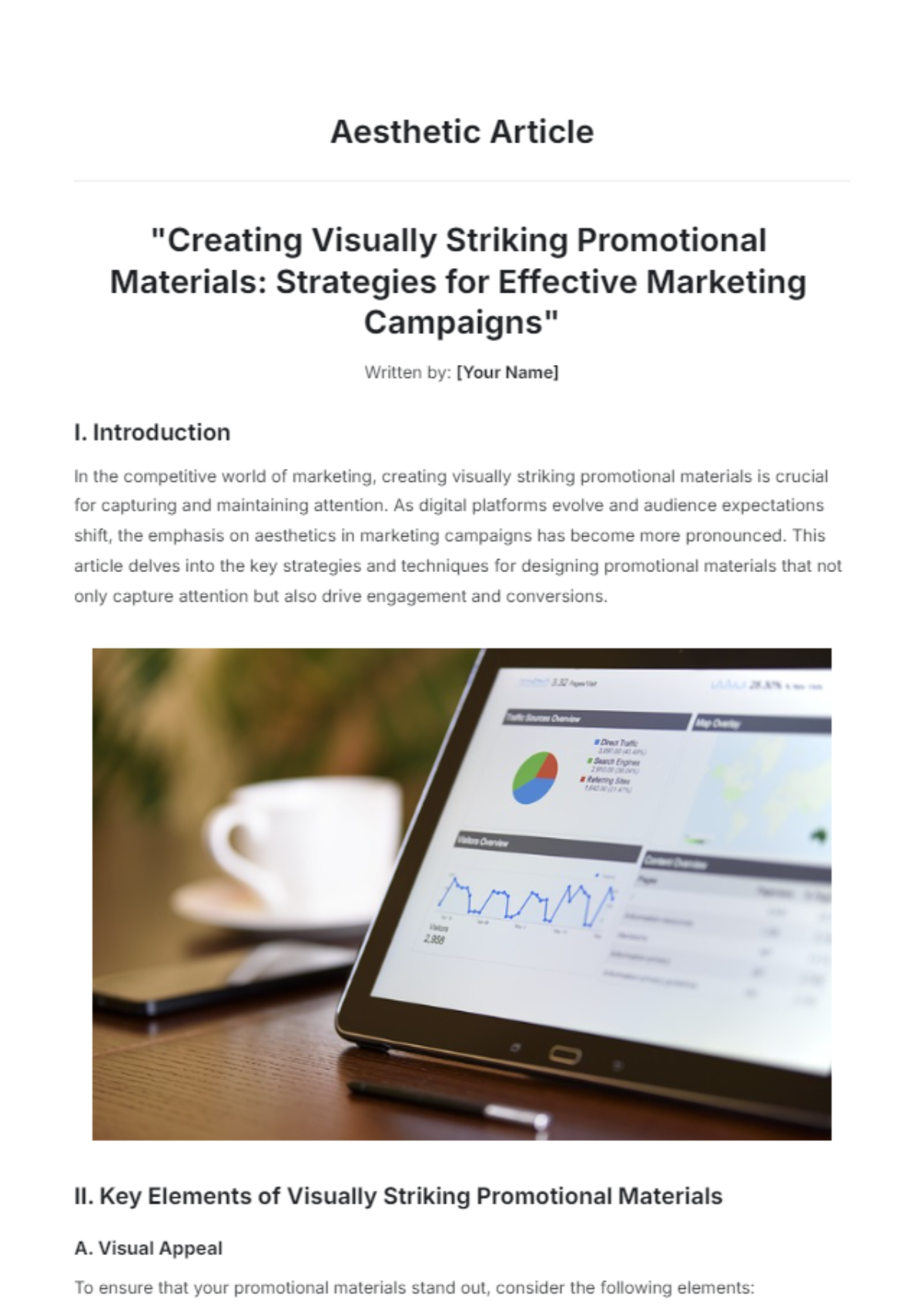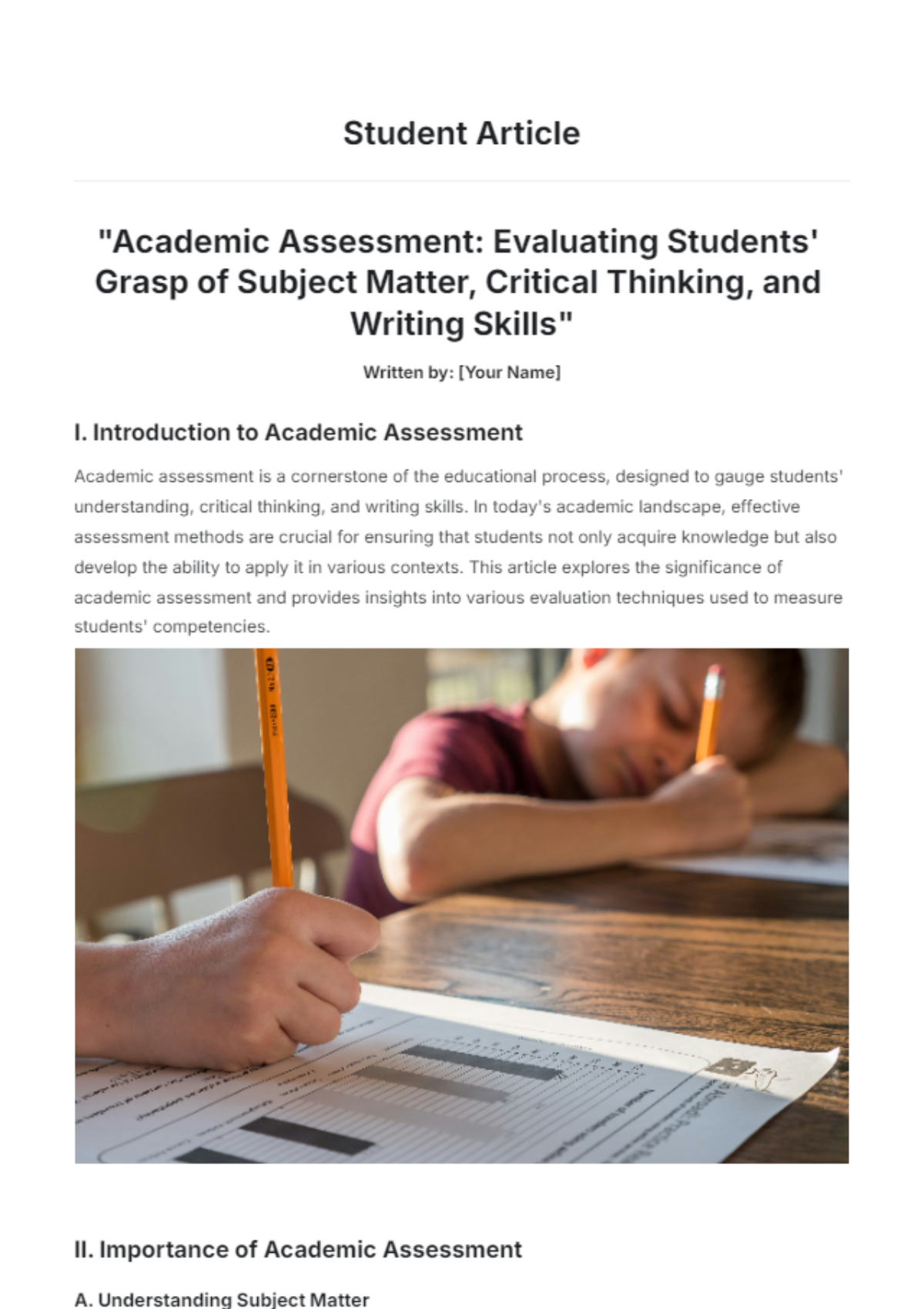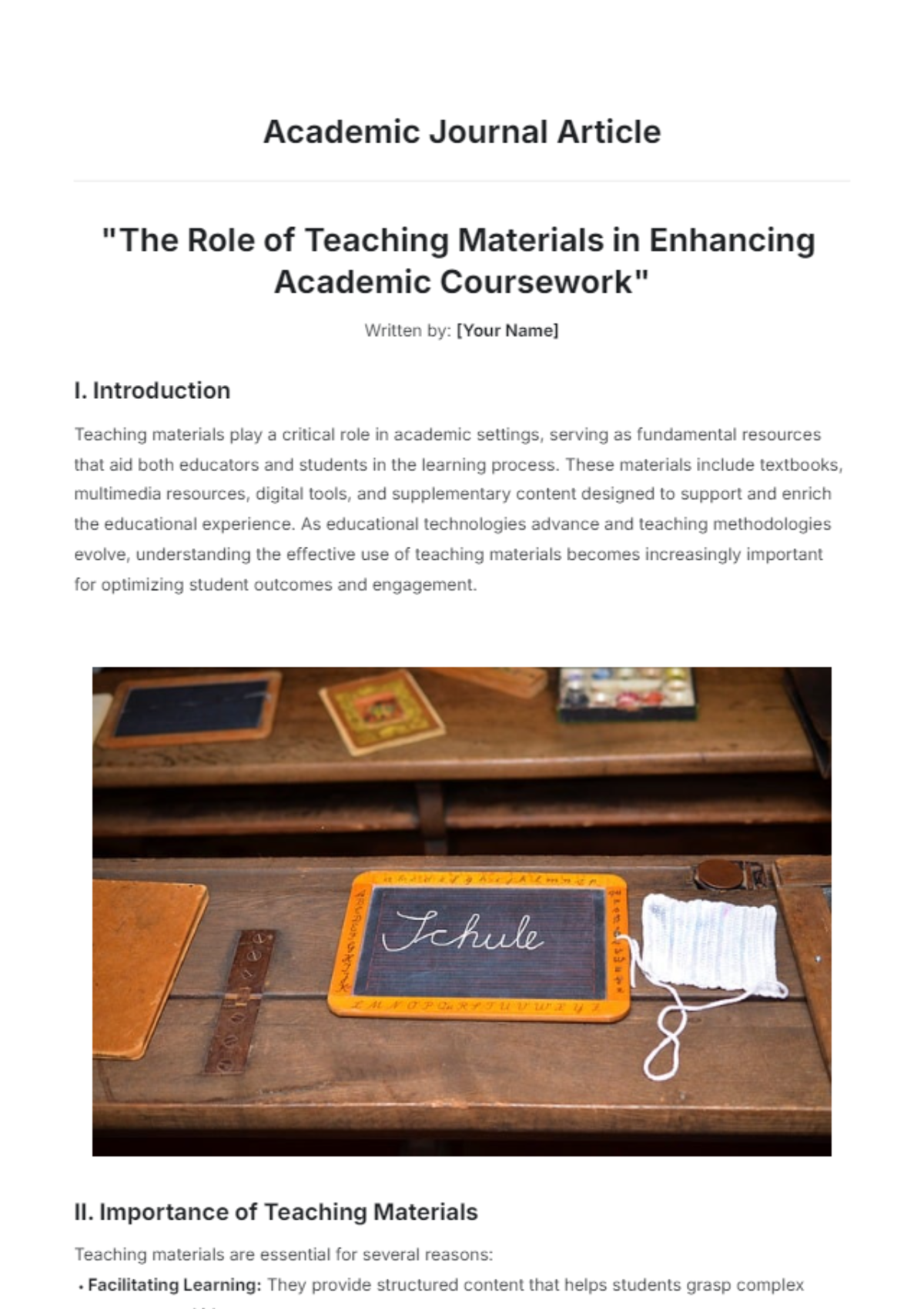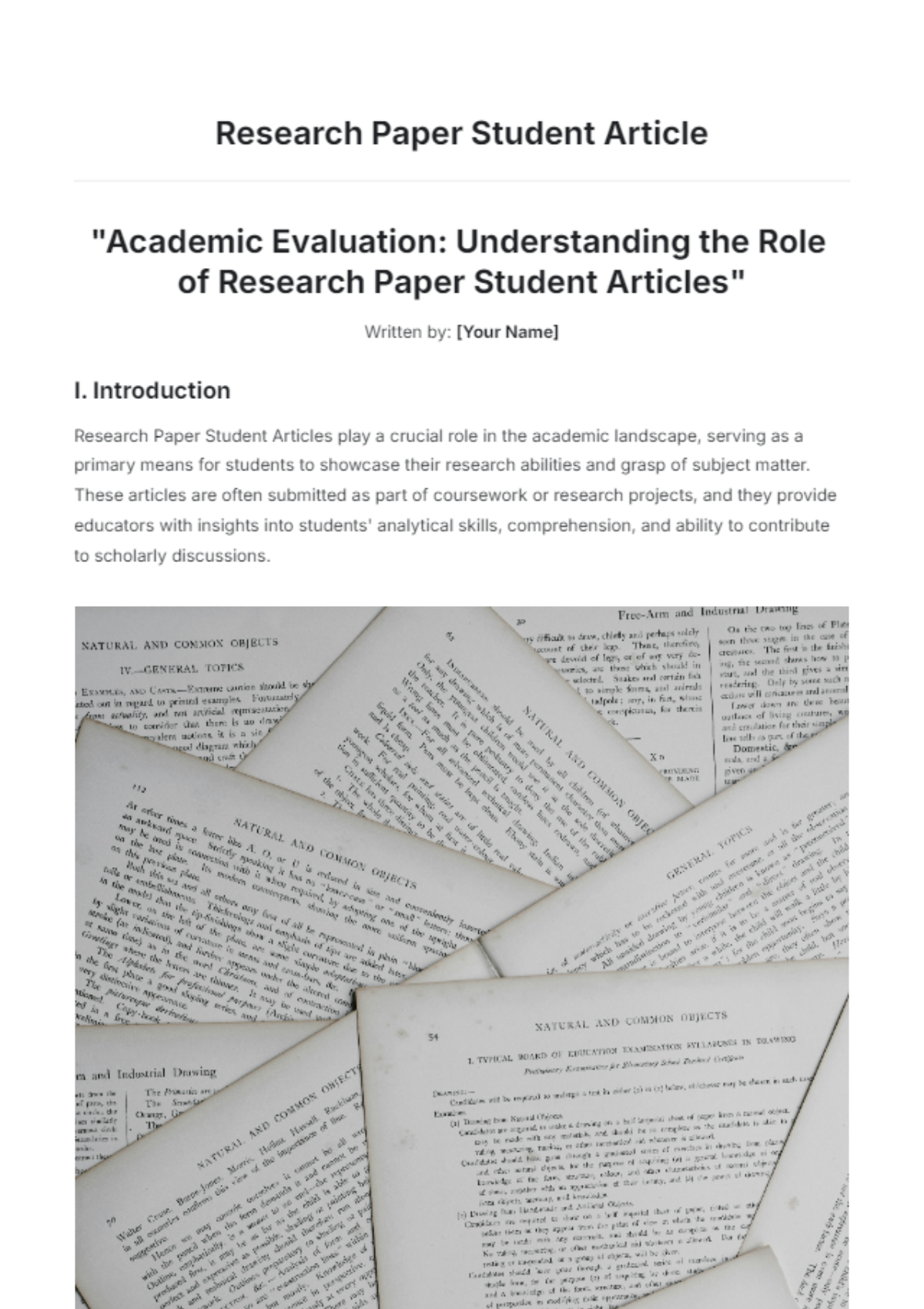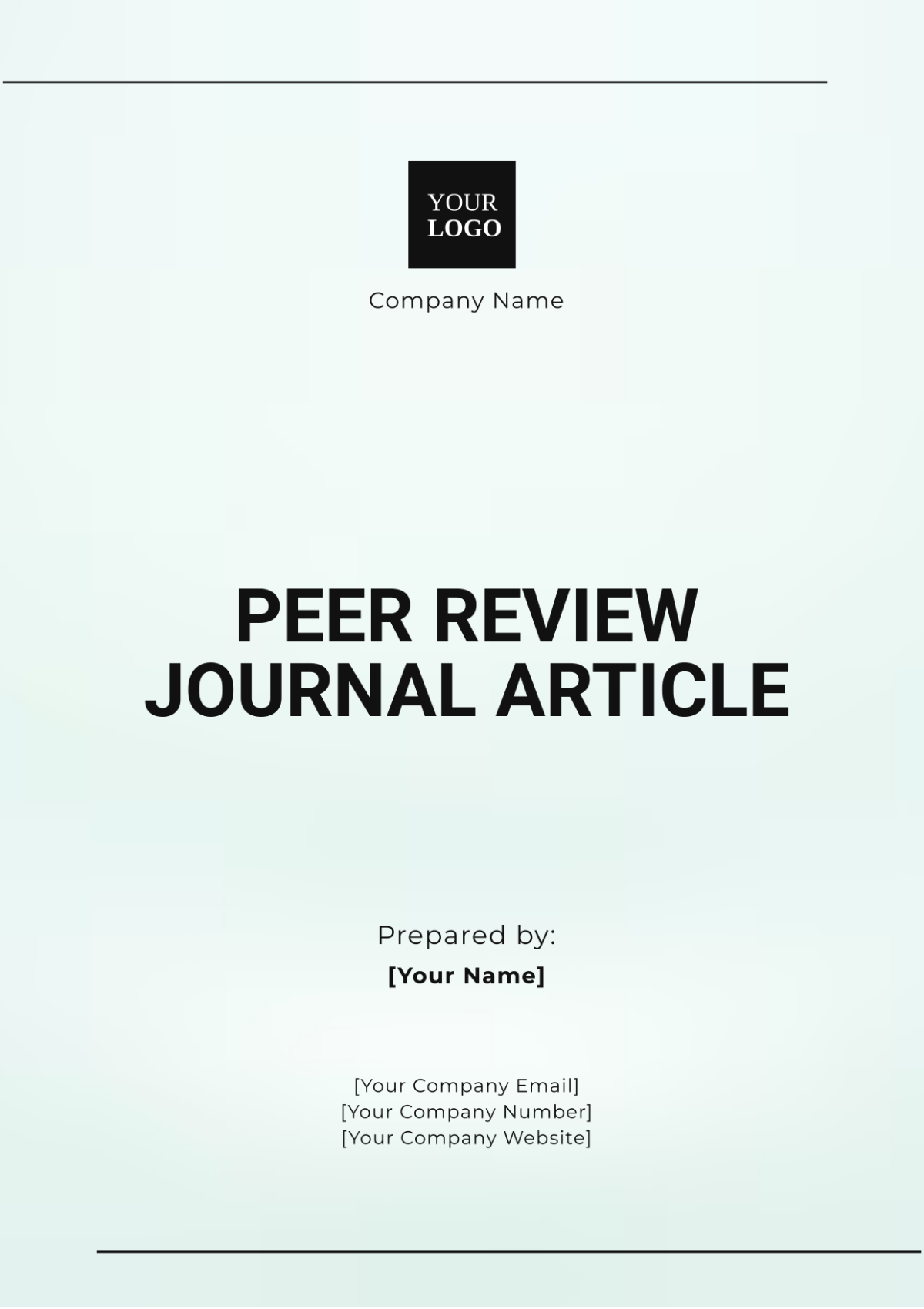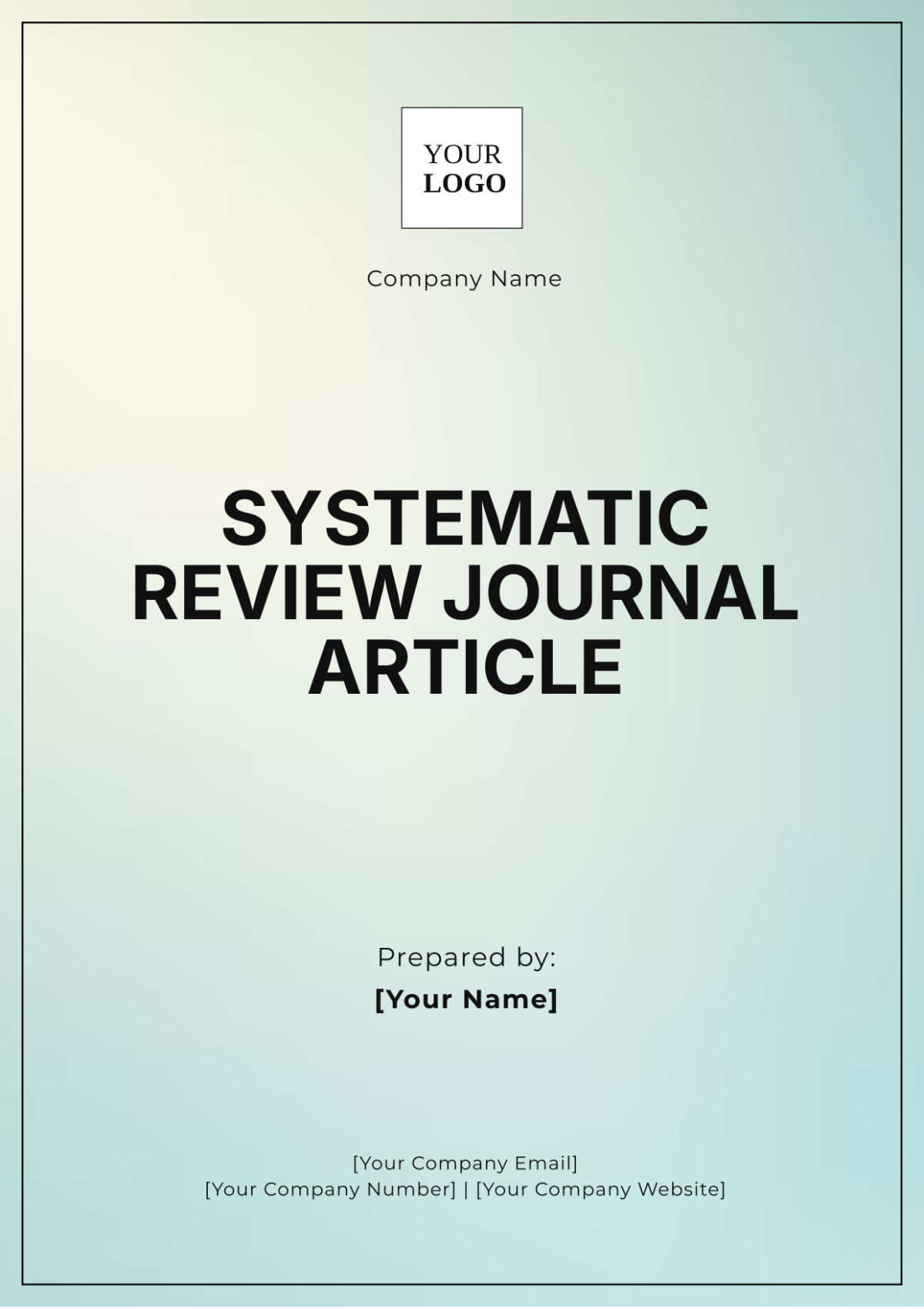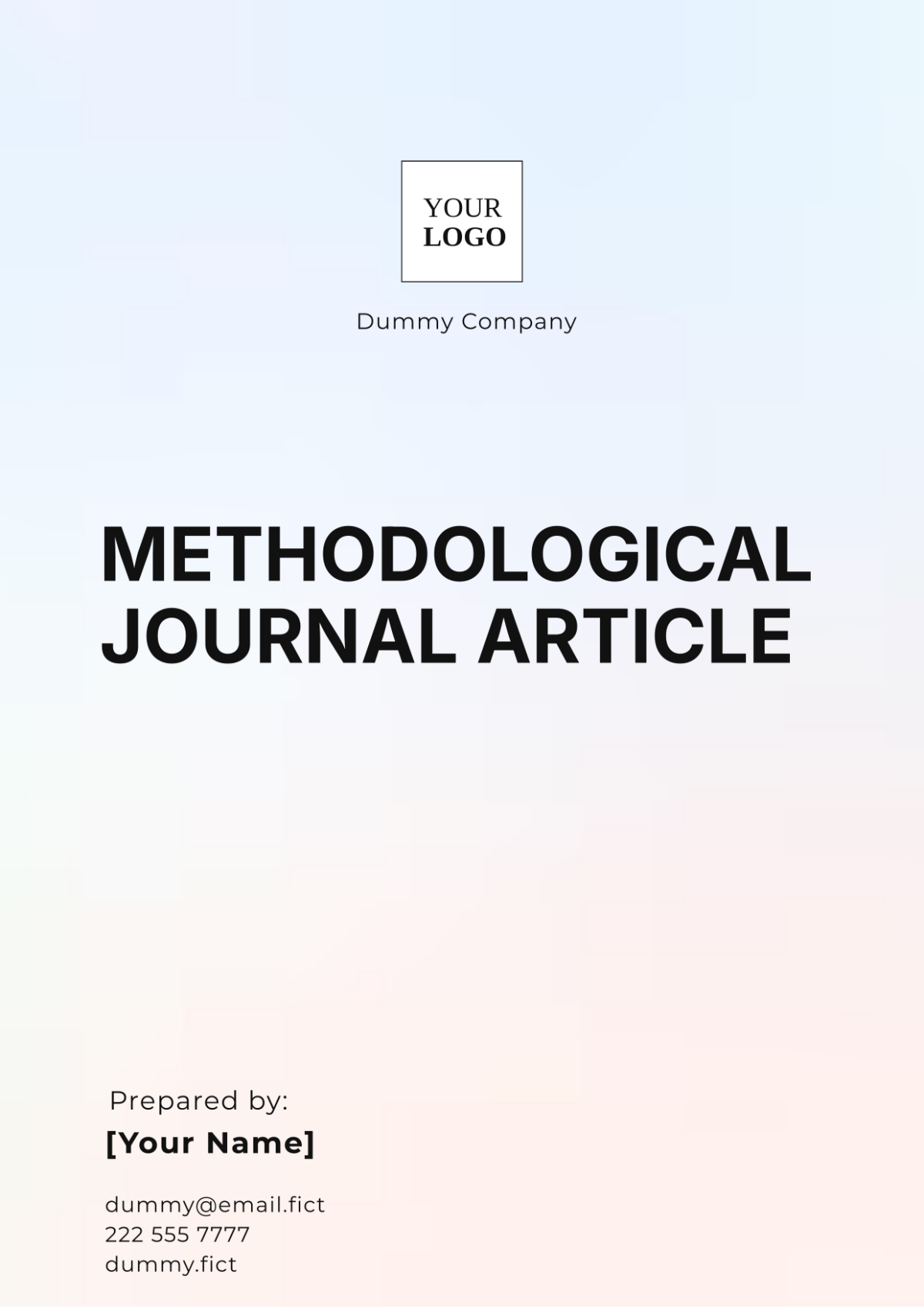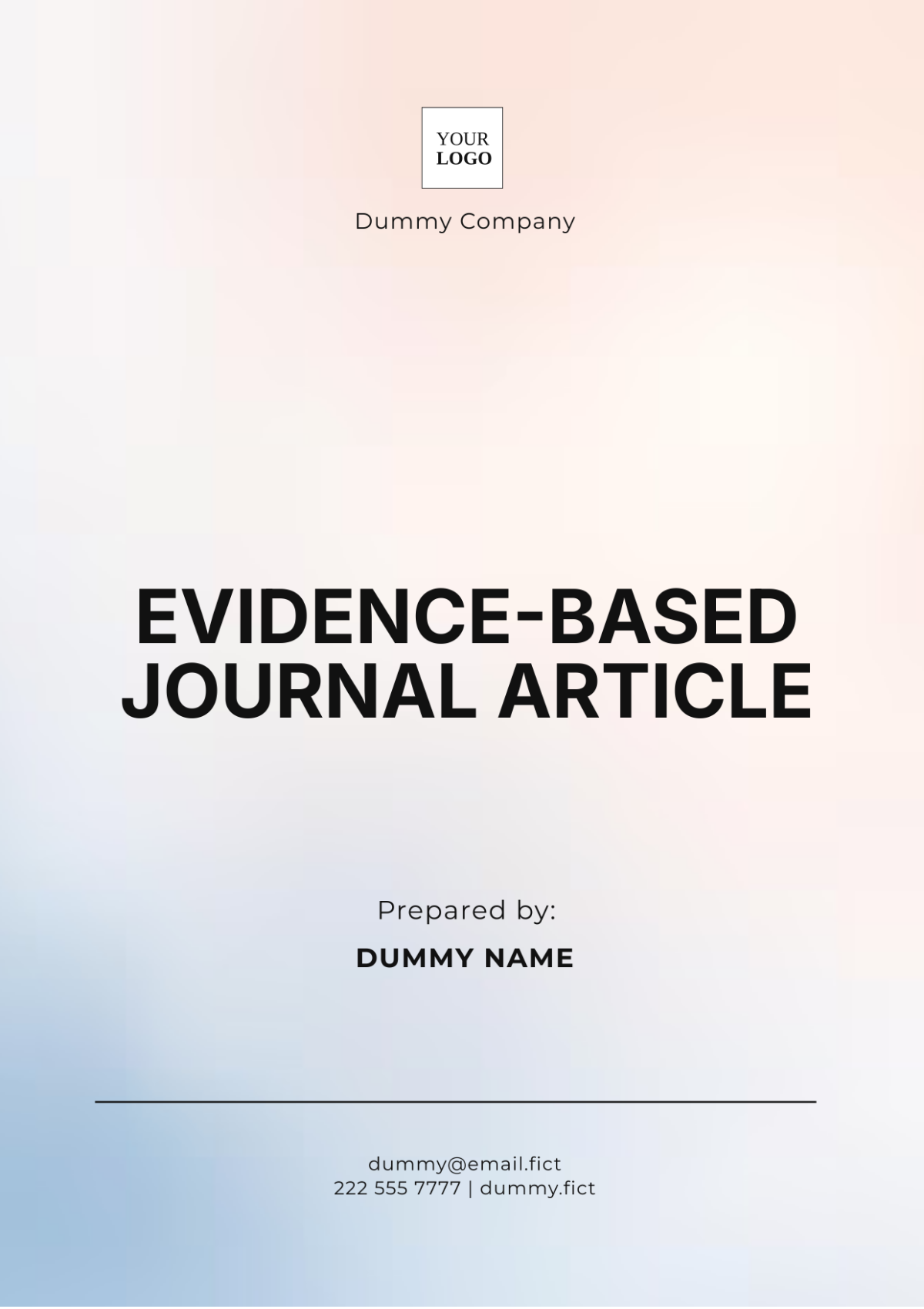Statistical Journal Article
The Role of Statistics in Data-Driven Decision Making: Applications and Advances
Written By: [Your Name]
Introduction
Statistics is a cornerstone of modern data-driven decision-making, providing a framework for analyzing and interpreting complex datasets. In fields ranging from medicine and business to engineering and social sciences, statistical methods allow practitioners to make informed decisions based on empirical data. This article explores the role of statistical tools and techniques in driving decisions across various sectors, delving into key methodologies and discussing recent advances that enhance their utility.
Fundamental Concepts of Statistics
Statistical analysis revolves around two main branches: descriptive statistics and inferential statistics. Descriptive statistics involve summarizing and organizing data to reveal patterns and trends. Measures such as mean, median, mode, variance, and standard deviation help encapsulate the central tendency and variability of a dataset. On the other hand, inferential statistics extends the conclusions from a sample to a broader population, employing tools like hypothesis testing, confidence intervals, and regression analysis.
Descriptive Statistics
Descriptive statistics provide immediate insights into the nature of a dataset by condensing information into digestible forms. These metrics are particularly useful in exploratory data analysis, where patterns, anomalies, and relationships between variables need to be identified before moving into more complex analyses.
Mean and Median: The mean (average) gives a general sense of the data's central point, but the median is often preferred when dealing with skewed data distributions.
Variance and Standard Deviation: These measures help quantify data dispersion. A high standard deviation, for instance, indicates that data points are spread out from the mean, implying greater variability.
Inferential Statistics
The true strength of statistics lies in inferential methods, which make it possible to generalize findings from a sample to a larger population. This involves making educated guesses about the population parameters using sample data, and applying principles of probability theory to assess uncertainty.
Hypothesis Testing: At the heart of inferential statistics is hypothesis testing, where researchers test an assumption about a population parameter. This process involves selecting a null hypothesis (H0) and an alternative hypothesis (H1), using test statistics like the t-test, z-test, or chi-square test to accept or reject H0.
Confidence Intervals: Confidence intervals provide a range within which a population parameter is expected to lie, with a specified level of confidence, usually 95% or 99%. This technique is commonly used in medical trials and market analysis to estimate population characteristics.
The Importance of Sampling and Data Collection
Data collection is the foundation of statistical analysis, with sampling being a crucial part of this process. Poor sampling techniques can lead to biased results, invalidating the conclusions drawn from the data. The goal of sampling is to obtain a subset of the population that is representative of the whole, allowing for accurate inferences about the population.
Random Sampling
Random sampling ensures that every individual in the population has an equal chance of being included in the sample. This reduces the risk of selection bias, thereby enhancing the generalizability of the results. Techniques like simple random sampling, stratified sampling, and cluster sampling are used based on the research design and population characteristics.
Sampling Bias
One of the critical challenges in statistical research is mitigating sampling bias, where certain groups within the population are underrepresented or overrepresented in the sample. This can occur due to improper sampling methods or non-response bias, where particular segments of the population are less likely to participate. Strategies such as increasing sample size and using stratified sampling help reduce the effects of bias.
Advances in Statistical Methods
With the advent of big data, statistical methods have evolved to handle vast datasets characterized by high velocity, volume, and variety. The traditional statistical tools have been supplemented with more sophisticated techniques that are computationally intensive and capable of deriving insights from large and unstructured data. Some of the key advancements include:
Bayesian Statistics
Bayesian statistics offers a probabilistic approach to inference, contrasting with the frequentist perspective that is dominant in classical statistics. Bayesian methods incorporate prior knowledge (or beliefs) into the analysis, updating this knowledge as new data becomes available. This is particularly useful in fields such as machine learning, where models continuously improve as they are exposed to more data.
Bayesian Inference: Bayesian inference updates the probability of a hypothesis as more evidence or information becomes available. This iterative process allows decision-makers to refine their predictions over time, leading to more accurate models.
Machine Learning and Statistics
Machine learning, a subset of artificial intelligence, is closely linked with statistics. Many machine learning algorithms, such as linear regression, decision trees, and clustering methods, are statistical at their core. However, machine learning often handles larger and more complex datasets than traditional statistical methods.
Regression Analysis: Regression models remain fundamental in both statistics and machine learning for predicting the relationship between variables. Linear and logistic regressions are common in both fields, but newer techniques like ridge regression and lasso are designed to handle high-dimensional data.
Clustering and Classification: Techniques like k-means clustering, hierarchical clustering, and support vector machines (SVMs) allow for the segmentation of large datasets into distinct groups. This has applications ranging from customer segmentation in marketing to identifying patterns in genomic data.
Big Data and High-dimensional Statistics
The rise of big data has given birth to high-dimensional statistics, where the number of variables can exceed the number of observations. Traditional methods can falter in these conditions due to overfitting, multicollinearity, and computational challenges. However, advances like lasso regression and principal component analysis (PCA) have emerged to address these issues.
Lasso and Ridge Regression: These regularization techniques address overfitting by penalizing large coefficients in regression models, thus improving their predictive performance when dealing with a large number of predictors.
PCA and Dimensionality Reduction: Principal component analysis reduces the dimensionality of data by transforming the original variables into a smaller set of uncorrelated variables, called principal components. This allows for more efficient analysis of large datasets without losing significant information.
Applications of Statistics Across Industries
Statistical methods are applied across a wide range of industries, each with specific needs and challenges. Below are a few key sectors where statistical decision-making plays a pivotal role.
Healthcare and Biostatistics
In healthcare, statistics underpin clinical trials, epidemiological studies, and healthcare policy decisions. Randomized controlled trials (RCTs), for instance, rely heavily on inferential statistics to determine the efficacy and safety of new treatments. Additionally, statistical models are used to predict disease outbreaks, assess patient outcomes, and allocate healthcare resources.
Survival Analysis: This branch of statistics deals with time-to-event data, particularly in clinical trials where the focus is on how long it takes for a particular event (such as death or recovery) to occur. Techniques like the Kaplan-Meier estimator and Cox proportional hazards model are widely used in medical research.
Business Analytics
In business, companies leverage statistics for forecasting, market research, and optimizing operations. Predictive analytics models are often built using regression analysis, time-series forecasting, and machine learning algorithms. Customer segmentation, churn analysis, and sales forecasting are prime examples where statistics drive strategic decisions.
Environmental Science
Statistics is also essential in environmental science, where it is used to model climate patterns, predict natural disasters, and assess environmental impacts. Large-scale datasets, such as those used for climate modeling, require advanced statistical techniques like spatial statistics and time-series analysis to draw meaningful conclusions.
Challenges and Future Directions
Despite its widespread applications, the field of statistics faces several challenges, particularly as the scale and complexity of data continue to grow. One major challenge is the interpretability of statistical models, especially in the context of machine learning, where models like neural networks operate as "black boxes." This has led to a growing interest in developing methods that provide explainability alongside prediction accuracy.
Additionally, the rise of ethical concerns surrounding data privacy and the misuse of statistical findings highlights the need for statisticians and data scientists to adhere to rigorous standards and guidelines. Future research will likely focus on developing techniques that balance accuracy, interpretability, and ethical considerations in statistical modeling.
Conclusion
Statistics plays an indispensable role in the modern world, driving decision-making in diverse fields such as healthcare, business, and environmental science. As the availability of data continues to increase, so too does the need for robust statistical methods to analyze and interpret this information. Recent advances in areas such as Bayesian statistics, machine learning, and high-dimensional data analysis have significantly enhanced the power and scope of statistical tools. However, as statistical models become more complex, challenges such as model interpretability and ethical data usage will require ongoing attention and innovation.





